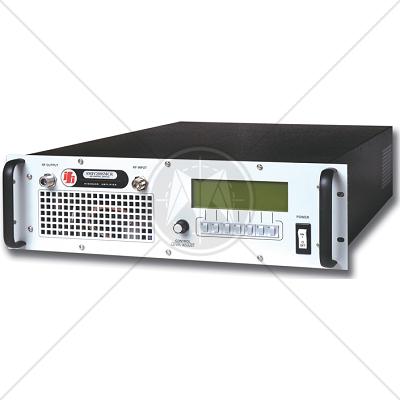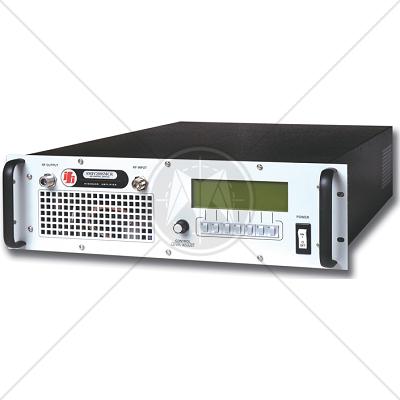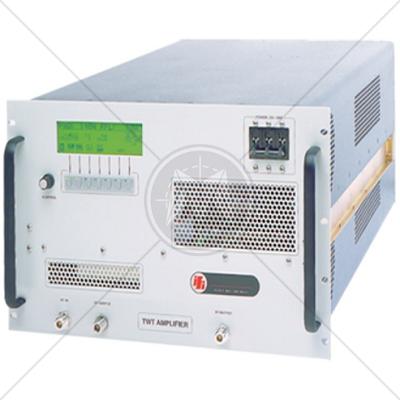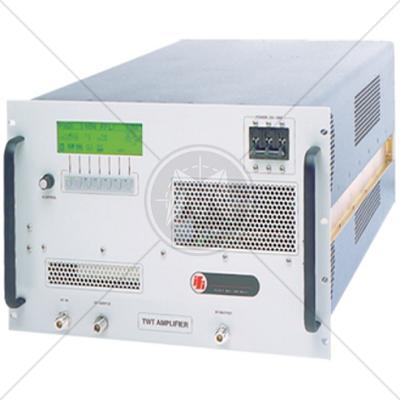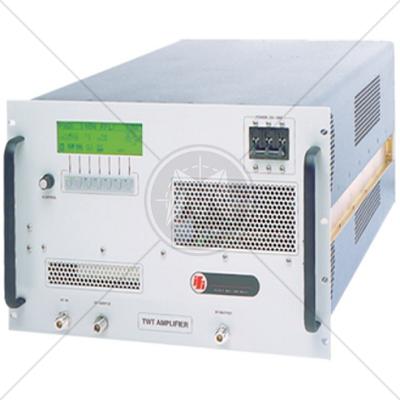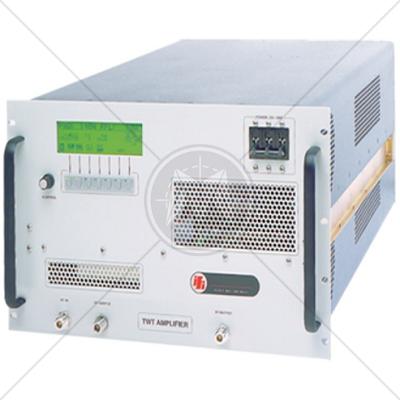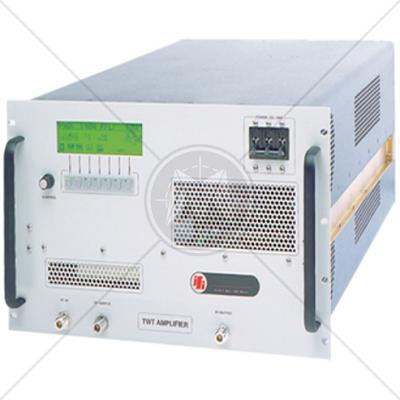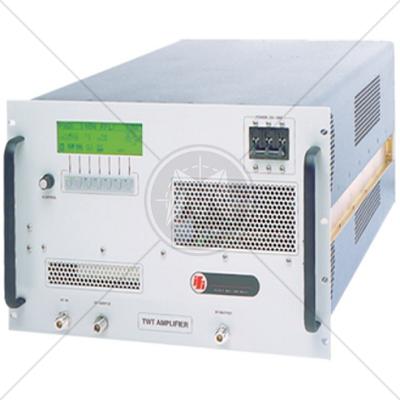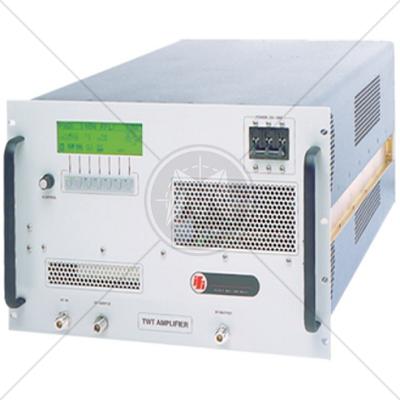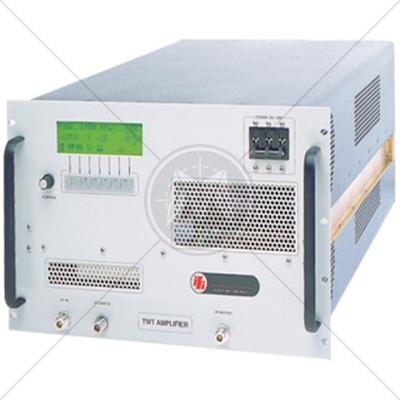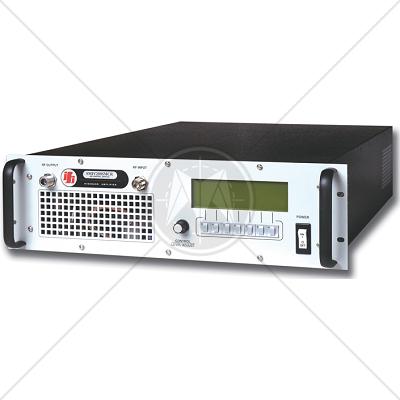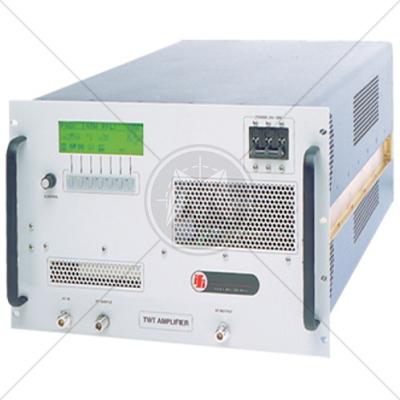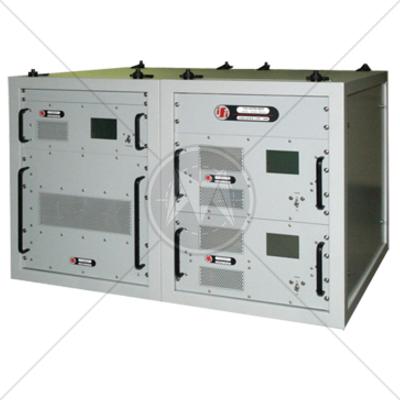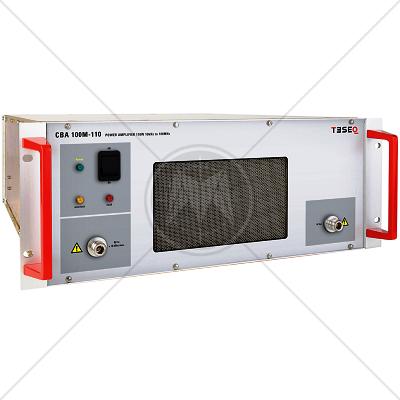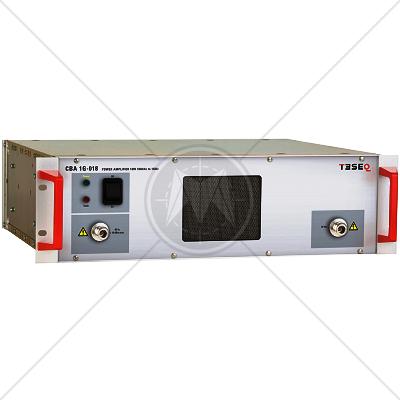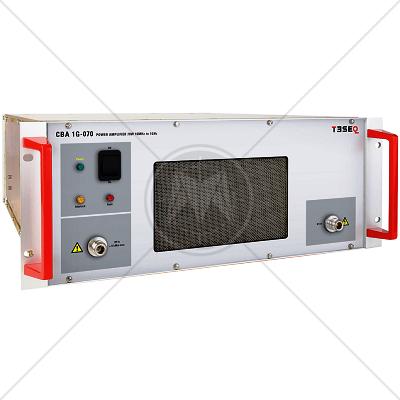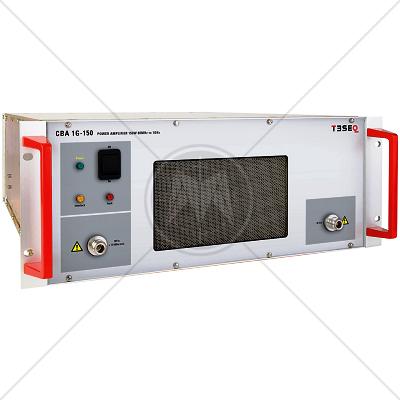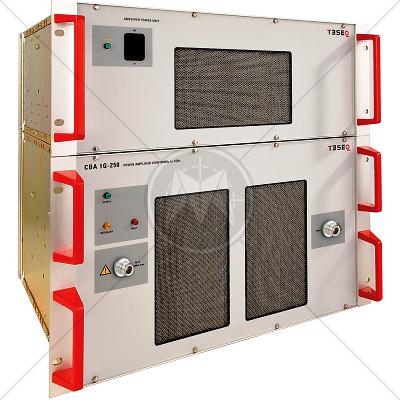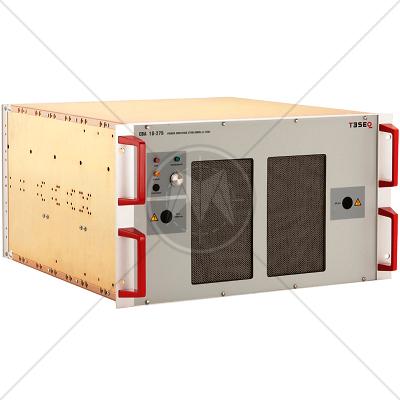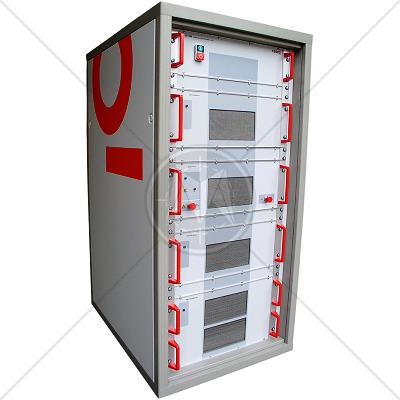Products
- Amplifier
- Analyzer
- Antenna
- Automotive EMC
- Cable Fault Locator
- Calibrator
- Chamber / Oven
- Coupling / Decoupling (CDN)
- Curve Tracer
- Data Acquisition
- Electronic Load
- EMC / EMI
- Environmental
- ESD Simulator
- Generator
- GTEM / TEM Cell
- Harmonics & Flicker
- Hipot
- LISN
- Mains Dips & Drops
- Meter
- Oscilloscope
- PIM Test Solution
- Power Supply
- RF Field Monitor System
- Thermostream
Featured Products
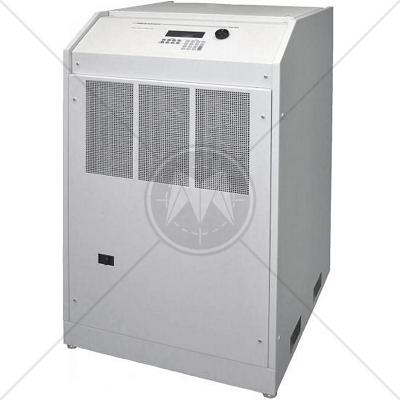
California Instruments MX135-3 High Output AC Power Source 135kVA

IFI T4026-50 High Power TWT Amplifier 26.5 GHz – 40 GHz 50W
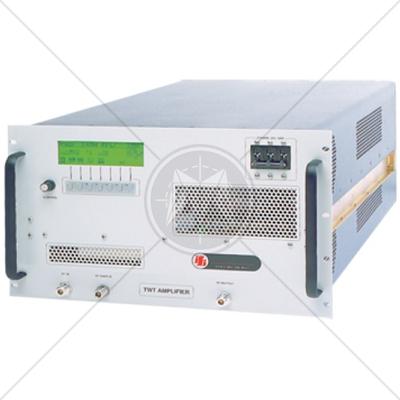
IFI T2618-50 High Power TWT Amplifier 18 GHz – 26.5 GHz 50W

IFI TCCX2500 Tetrode Tube RF Amplifier 10 kHz – 220 MHz 2500W
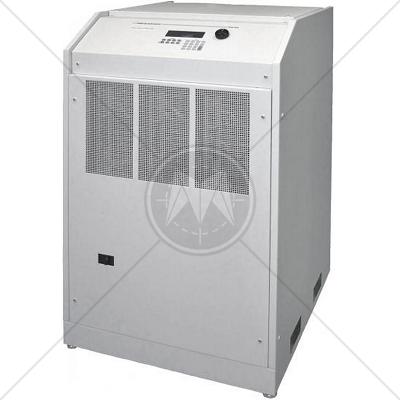
California Instruments MX45-3 High Output AC Power Source 45kVA

IFI M406 Tetrode Tube RF Amplifier 10 kHz – 220 MHz 1000W
RF Amplifier
A tuned amplifier that amplifies the high-frequency signals commonly used in radio communications. The frequency at which maximum gain occurs in a radio-frequency (RF) amplifier is made variable by changing either the capacitance or the inductance of the tuned circuit. A typical application is the amplification of the signal received from an antenna before it is mixed with a local oscillator signal in the first detector of a radio receiver. The amplifier that follows the first detector is a special type of RF amplifier known as an intermediate-frequency (i-f) amplifier.
An RF amplifier is distinguished by its ability to tune over the desired range of input frequencies. The shunt capacitance, which adversely affects the gain of a resistance-capacitance coupled amplifier, becomes a part of the tuning capacitance in the rf amplifier, thus permitting high gain at radio frequencies. The power gain of an rf amplifier is always limited at high radio frequencies, however.
Standards
| CISPR |
| CISPR 11 |
| CISPR 14 - 1 |
| CISPR 14 - 2 |
| CISPR 14 - 2 |
| CISPR 16 - 1 |
| CISPR 16 - 2 |
| CISPR 16 - 3 |
| CISPR 16 - 4 |
| CISPR 22 |
| CISPR 24 |
| IEC |
| IEC/TR EN 61000 - 1 - 1 |
| IEC/TR EN 61000 - 2 - 1 |
| IEC/TR EN 61000 - 2 - 3 |
| IEC EN 61000 - 3 - 2 |
| IEC EN 61000 - 3 - 4 |
| IEC/TC EN 61000 - 3 - 5 |
| IEC EN 61000 - 4 - 2 |
| IEC EN 61000 - 4 - 3 |
| IEC EN 61000 - 4 - 4 |
| IEC EN 61000 - 4 - 5 |
| IEC EN 61000 - 4 - 6 |
| IEC EN 61000 - 4 - 7 |
| IEC EN 61000 - 4 - 8 |
| IEC EN 61000 - 4 - 9 |
| IEC EN 61000 - 4 - 11 |
| European |
| EN 50 081 part 1 |
| EN 50 081 part 2 |
| EN 55 011 |
| EN 55 013 |
| EN 55 014 |
| EN 55 015 |
| EN 55 020 |
| EN 55 022 |
| EN 55 024 |
| EN 50 082 part 1 |
| EN 50 082 part 2 |
| EN 50 093 |
| American |
| FCC Part 15 |
| MIL-STD - 461E |

